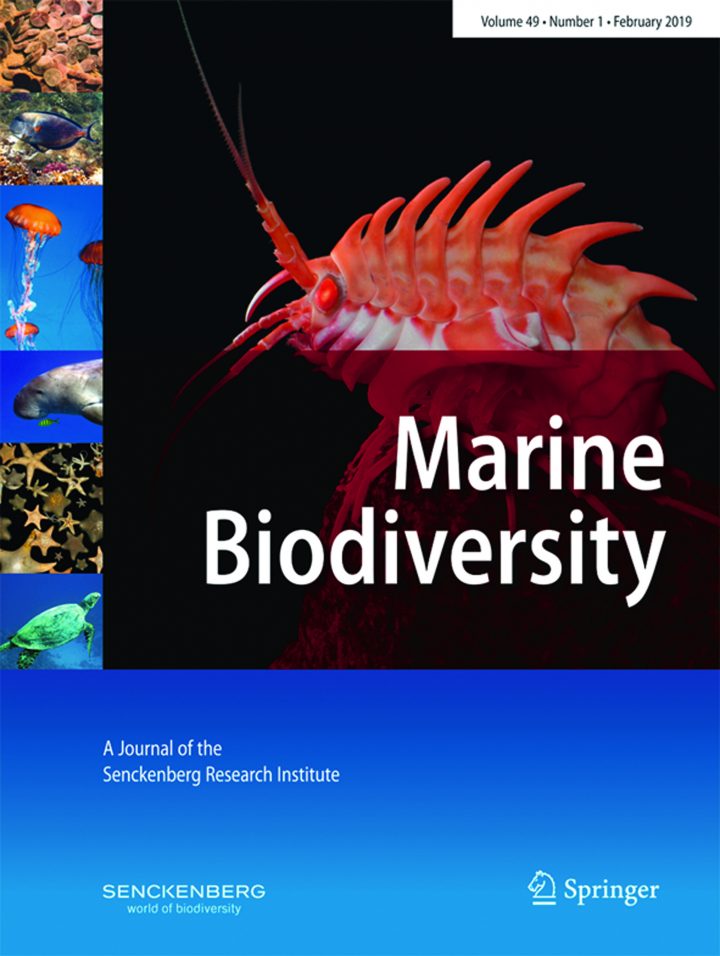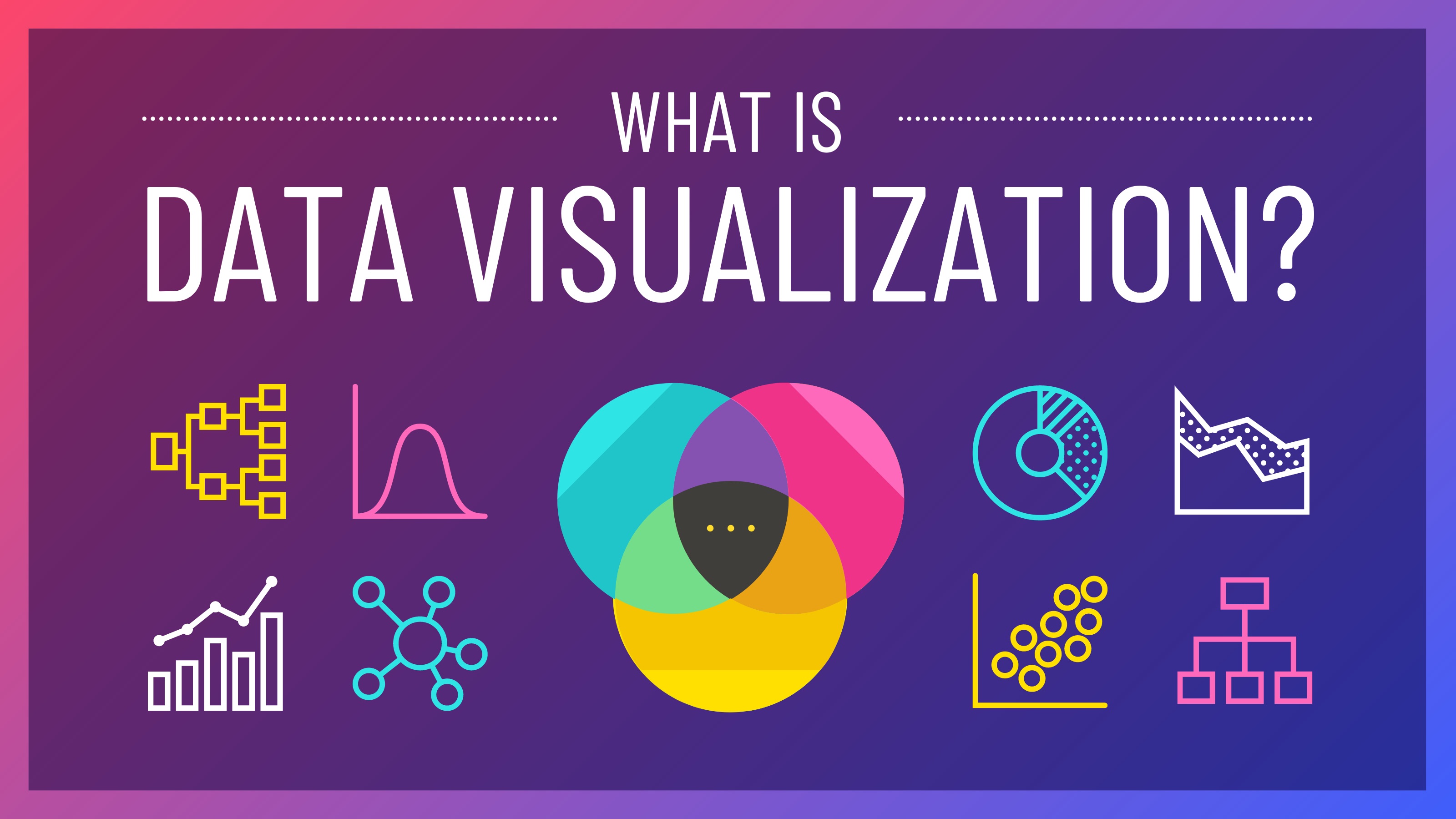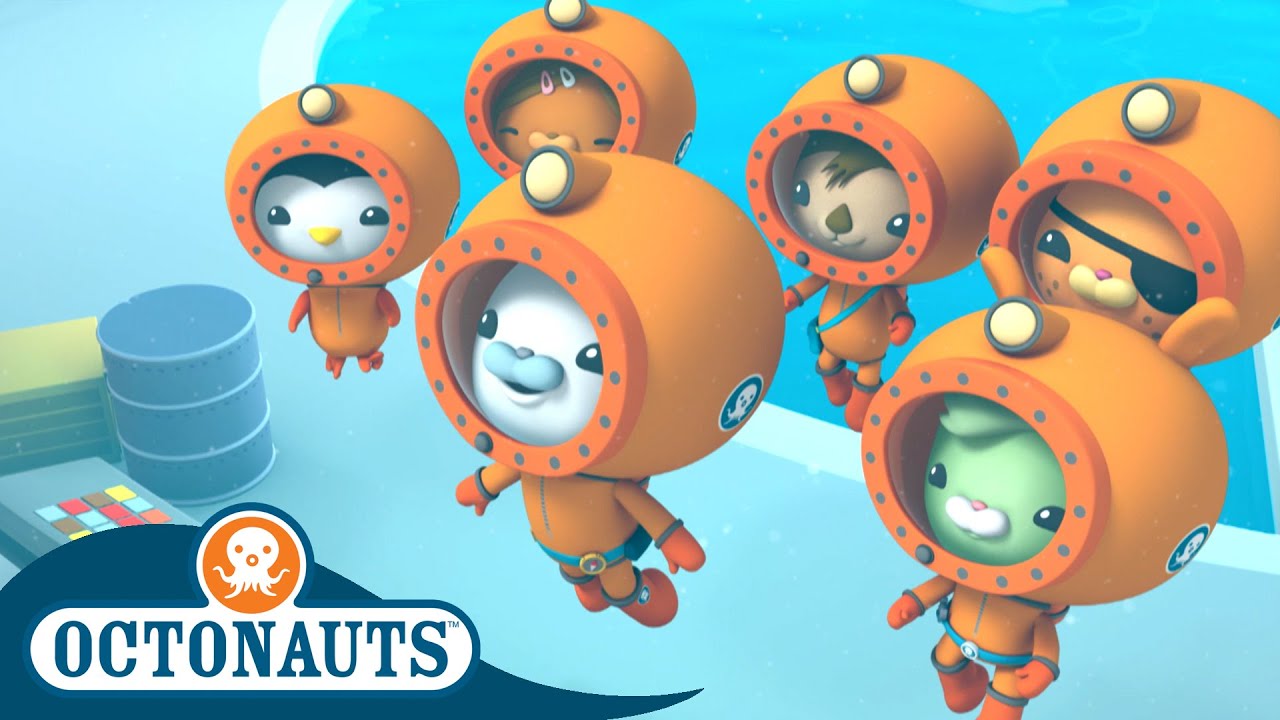
Amplifying the Impact of Marine Research Imagery with Marimba
In an era where data-driven science plays a crucial role in understanding and preserving our oceans, innovative solutions are paramount. Chris Jackett and his team from the Sustainable Marine Futures program have introduced Marimba, an open-source Python framework aimed at enhancing marine biodiversity research. The framework addresses the complexities associated with processing extensive marine image datasets, ensuring that such invaluable data is more accessible and impactful for researchers worldwide.
 Combining science and technology for better marine insights
Combining science and technology for better marine insights
Uniting Diverse Data with Innovation
Marimba was unveiled to a captivated global audience at the 5th Marine Imaging Workshop 2024, a gathering focused on advancing techniques for capturing and analyzing marine ecosystems. Speaking at the event, Jackett emphasized the challenges many researchers face: “In the vast ocean of scientific data, finding, accessing, and utilizing marine imagery has long been a challenge for researchers worldwide.”
With an increasing volume of images generated from various instruments, from Canon DSLRs to specialized imaging flow cytometers, the need for a cohesive system has never been more critical. Marimba streamlines the structuring, managing, and processing of scientific image datasets while adhering to the FAIR principles. These principles are aimed at making data Findable, Accessible, Interoperable, and Reusable, which are essential for fostering international collaboration in marine conservation.
The Symphony of Efficiency
Marimba consists of three core components that significantly improve efficiency in marine research:
- Standardization: It provides a consistent framework for the management of FAIR image datasets, ensuring that scientists can focus on their research rather than the nuances of data management.
- Flexibility: The framework’s adaptability allows it to cater to the myriad of imaging instruments utilized in scientific studies, making it a versatile tool in the scientific toolbox.
- Automation: Marimba automates repetitive tasks and offers powerful built-in image processing features, thus accelerating research workflows and allowing scientists to derive insights more promptly.
“Marimba can help anyone involved in science working with imagery and deriving data from it,” Jackett stated, highlighting the universal applicability of the framework.
 Harnessing technology for enhanced research outcomes
Harnessing technology for enhanced research outcomes
A Transformative Tool for Ocean Researchers
The launch of Marimba represents not only a technical achievement but also a significant leap forward in the way researchers approach marine studies. Jackett noted, “The launch marks a significant milestone for Marimba, offering researchers a powerful tool to enhance their work and collaborate more effectively.”
The implications of Marimba extend beyond mere efficiency. By providing researchers with a means to share and analyze data more effectively, the framework has the potential to transform our understanding of marine ecosystems. It fosters collaboration, which is crucial to developing effective marine conservation and resource management strategies. As Jackett eloquently put it, “It’s a different type of impact than publishing a scientific paper in a high-impact journal, but developing these innovative solutions is critical for researchers both within CSIRO and the broader scientific community.”
The Future of Marine Conservation
In conclusion, Marimba is set to change the landscape of marine biodiversity research. As scientists increasingly rely on visual data to inform their conclusions, the ability to harness that data effectively is crucial. Marimba’s launch not only emphasizes CSIRO’s commitment to innovation in research but also their dedication to making substantial contributions to marine conservation efforts globally.
 Collaboration is key in scientific advancements
Collaboration is key in scientific advancements
To learn more about Marimba and its features, you can explore additional resources available at CSIRO.
Join the Research Revolution
As we move further into the data age, tools like Marimba serve as a beacon for researchers striving to elevate the importance of their data and findings. By encouraging a new era of sharing and collaboration, we take vital steps toward safeguarding our oceans for generations to come.
For more insights into modern marine research methodologies, check out this related article.
References:















